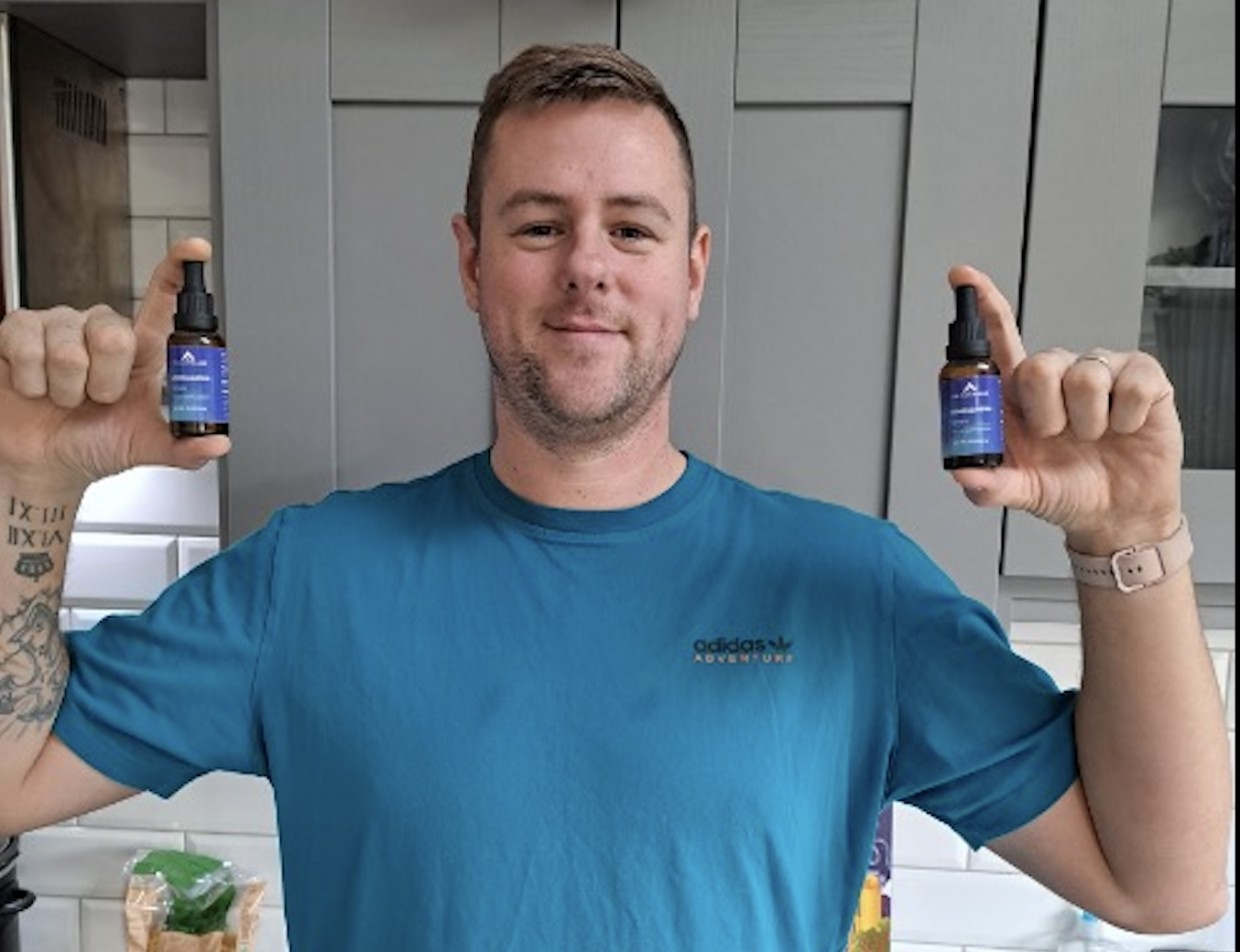All pet owners strive to help their furry friends enjoy long healthy lives while also experiencing the utmost happiness. Two essentials determine the wellness of pets just like us humans: the right diet combined with regular physical activity.
Ensuring a balanced diet packed with nutrients gives pets the energy they need to live long as well as consistent exercise which develops their muscle strength, joint flexibility and brain activity.
Most pet owners unintentionally hinder their pet’s health when caring for them. This comes down to excessive feeding portions, selecting low-quality food and failing to engage in physical activity consistently. The result? Weight gain, digestive issues, anxiety, and a shorter lifespan.
In this guide, we’ll cover:
✅ The best foods for longevity & vitality:
This section details information about typical animal nutrition.
✅ Ideal daily exercise routines for dogs & cats:
Multiple effective solutions are available to create positive changes in your pet’s quality of life.
With this strategy you will learn how to choose nutritious meals while creating personalised movement plans that help your furry friend stay healthy. Let’s begin!
1. The Importance of Proper Nutrition for Pets
Feeding your pet requires more than providing energy because food serves as the essential building block for their health system alongside their energy and total wellness.
Why Nutrition Matters
The nutritional choices made by both humans and pets result in identical outcomes:
- The nutritional state of your pet provides them with energy for physical activity.
- Proper food choices protect your pet from digestive issues that cause bloating, constipation and sensitive stomachs.
- Weight control minimises the development of diabetes and associated heart issues, joint disorders and obesity.
- Getting enough omega fatty acids in their diet gives dogs healthy skin and shiny fur without itching.
- High-quality nutrition helps pets live longer and prevents development of chronic diseases.
The marketplace contains various foods suitable for pets but the quality between them differs substantially. Many commercial pet food brands contain unnecessary fillers along with artificial additives along with inferior proteins which cause inflammation together with digestive problems and allergic reactions in some cases.
2. What Makes a Healthy Pet Diet?
Essential Nutrients for Dogs & Cats
Pet diets made up of kibble, canned food, raw diets or homemade meals need the following:
1. High-Quality Protein
Canines need protein from animal sources including chicken beef fish or lamb to maintain muscle health.
Cats need meat because they function as carnivorous animals who need taurine and other essential amino acids from meat-based diets.
Avoid: Low-quality foods with by-products instead of whole meats.
2. Healthy Fats & Omegas 3s
Healthy fats help brain function and joint health while keeping your pet’s coat shiny. This nutrient is available in salmon as well as other fish oils, eggs and flaxseed.
Avoid: Too many processed fats from fried treats or low-grade oils.
3. Fibre & Complex Carbohydrates
Helps with digestion and steady energy levels. Best sources include sweet potatoes, pumpkin, brown rice, and carrots.
Keep corn wheat and soy to a minimum as these foods cause blood sugar changes and could trigger allergic reactions.
4. Essential Vitamins & Minerals
Calcium for bones & teeth Zinc for immune function B vitamins for energy & metabolism. Best sources of these are natural foods you would find at home or high-quality supplements if needed.
3. Many Pet Owners Adopt Unhealthy Feeding Methods
When dogs and cats get excessive treats and their servings are not measured, simply they get too fat. Dogs tolerate carbs better than cats do so feeding a cat too much results in poor feline nutrition.
Cheap pet food brands pack their products with artificial ingredients that can create gut problems in pets. Having sufficient water to drink is as important as providing your pet with meals. Keep fresh water within reach at all times for both canines and felines.
4. The Role of Exercise in Pet Health
Moving helps your pet stay strong both physically and mentally while food supplies them with energy. Regular activity helps:
✔ Prevent obesity & diabetes.
✔ Strengthen joints & muscles.
✔ Reduce anxiety & destructive behaviours.
Regular physical and mental stimulation stops pets from feeling bored. Each pet type needs specific exercises for good health.
5. Exercise Needs for Dogs
Your dog should exercise each day to stay fit mentally and physically. Dogs with high energy like Siberian Huskies need 1 hour 30 minutes to 1 hour 90 minutes of daily exercise.
Cocker Spaniels and Beagles for another example need a daily exercise period of between 45 and 60 minutes. Low-discrimination dog breeds like Bulldogs need 20 to 30 minutes of physical activity every day.
Best Exercises for Dogs
All dog types should take daily walks to release their energy and get well needed mental stimulation. Regular fetch and interactive games encourage their natural instinct to chase.
Training sessions plus puzzle toys work as well for mental exercise as physical routines do. Unleashed time in a protected space develops their confidence and helps to keep them mentally and physically strong.
6. Exercise Needs for Cats
Although leash training works with cats they do not match dogs’ need for regular walks. Daily playtime though helps to prevent weight gain while also stopping them from feeling bored at home.
How Much Exercise Does a Cat Need?
- Kittens & Young Cats: 30–45 minutes of play per day
- Adult Cats: 20–30 minutes per day
- Senior Cats: 15–20 minutes, with gentle movements
Best Ways to Keep Cats Active
Organise cat chasing and hunting activities through the use of feather wands, laser lights and interactive playthings. The brain activity of cats increases when they interact with a puzzle feeder device while eating.
Regular climbing and scratching posts help cats practice their natural instincts and stop them destroying your furniture! Cats love quick, high-energy play, rather than longer endurance activities. Opt for short burst play sessions to keep both healthy and happy.
7. Pair CBD Oil with Physical Activity & a Diet Plan
Many pet owners regularly give their animals CBD oil to support their overall health. They may supplement their pet’s diet for a particular reason like separation anxiety, stress relief in the car or travel in general, or other things that affect senior animals like arthritis.
How CBD Helps with Exercise & Recovery
CBD is known to help reduce joint inflammation so elderly animals can remain mobile without suffering from stiffness. Active dog owners could consider the use of CBD for its potential to reduce inflammation after physical activity.
Best Time to Give CBD for Active Pets
Routine meals, daily walks or playtime plus CBD supplementation can help to boost your pet’s overall health and longevity.
Times to consider supplementing your pet’s diet:
- Morning (for anxiety relief & energy balance)
- Before a Walk (for nervous or reactive dogs)
- CBD use at night promotes relaxation and eases exercise-related stress.
8. Developing a Regular Schedule for Your Pet
Use this regular schedule to care for your pet:
| Time | Activity |
|---|---|
| 7:00 AM | Morning Walk + Bathroom Break |
| 7:30 AM | Breakfast + CBD Dose (if needed) |
| 12:00 PM | Play Session / Mental Enrichment |
| 5:30 PM | Evening Walk + Bathroom Break |
| 6:00 PM | Dinner + Second CBD Dose |
| 9:00 PM | Calm Play or Cuddle Time |
| 10:00 PM | Final Bathroom Break + Bedtime |
Instead of regular walks give cats interactive games and climbing supplies.
Final Thoughts! Give Your Pet the Best Life Possible
Your animal depends on you to meet their most basic needs of food and activity to keep them healthy. Giving them a nutritious diet plus daily movement (and maybe some added CBD!) helps them live a healthy and fulfilling life. Take care of your best friend!




